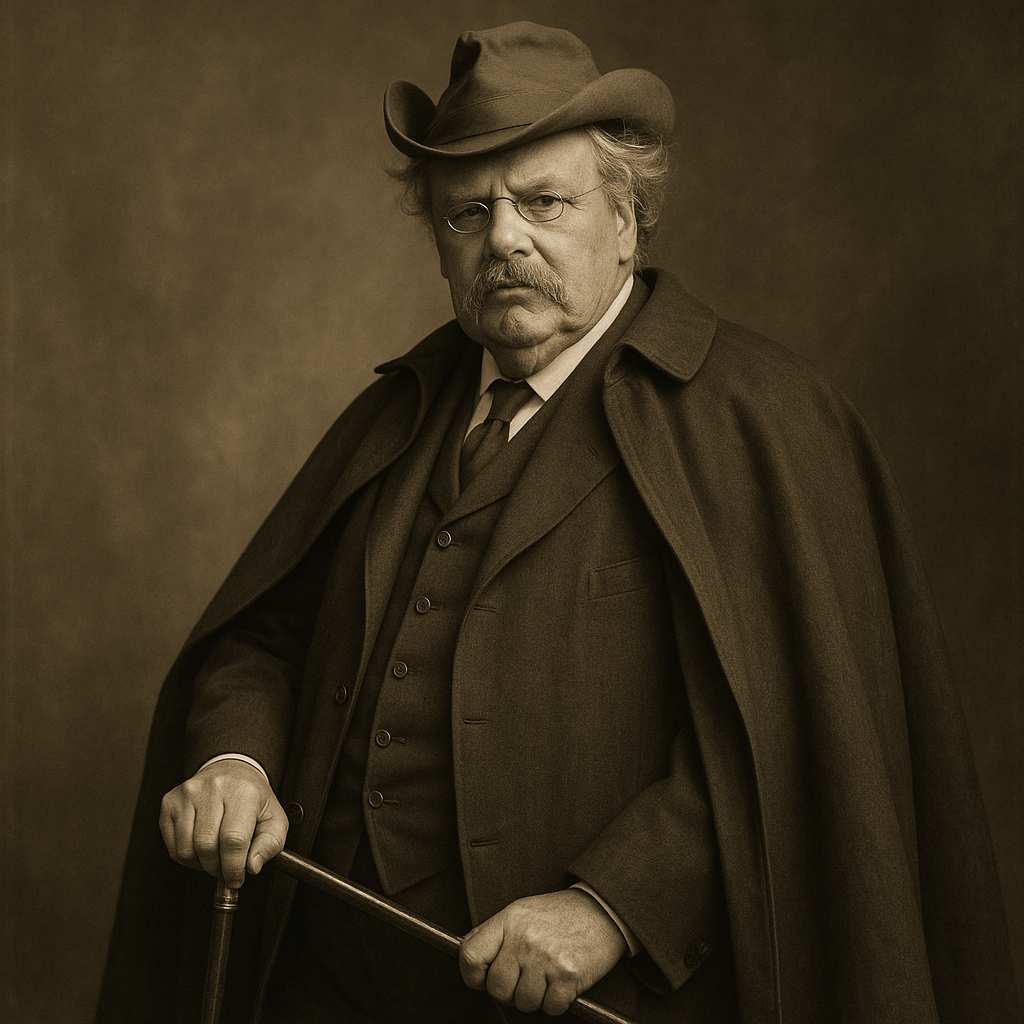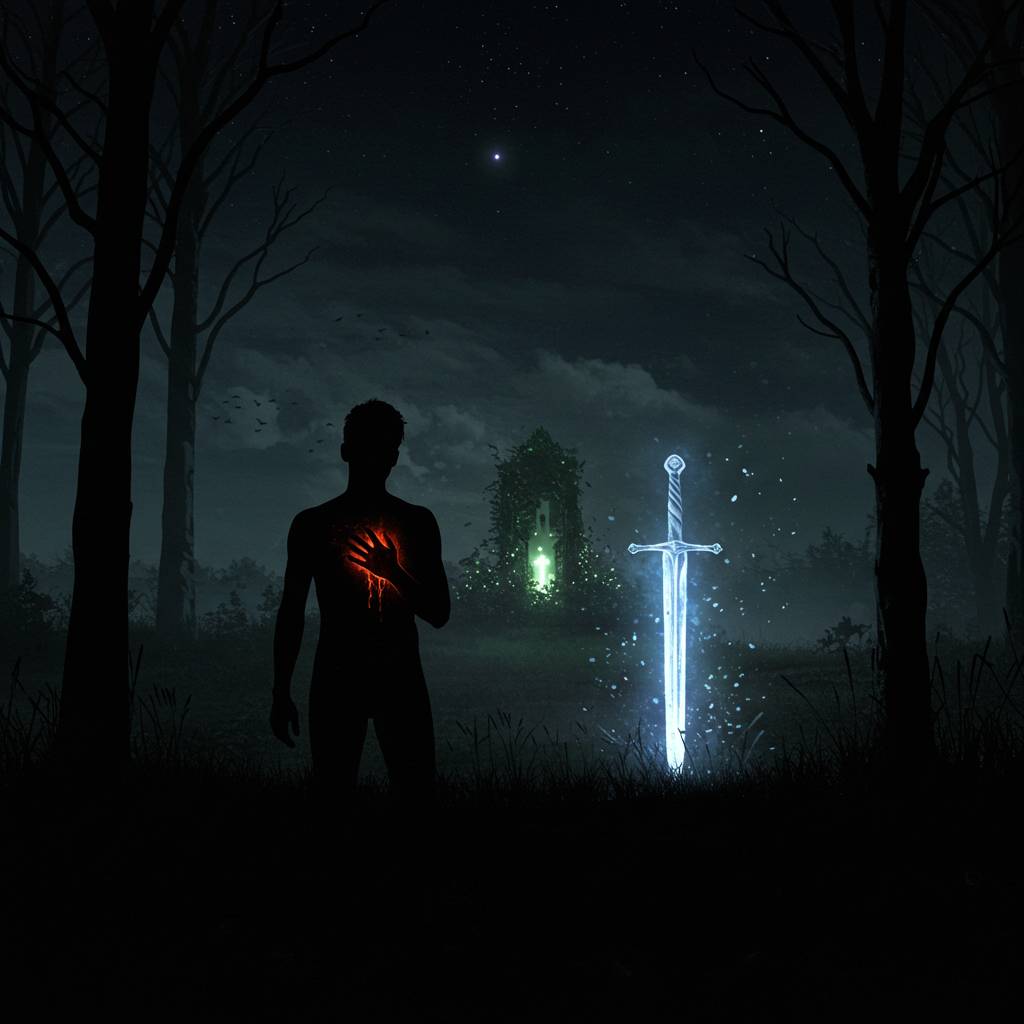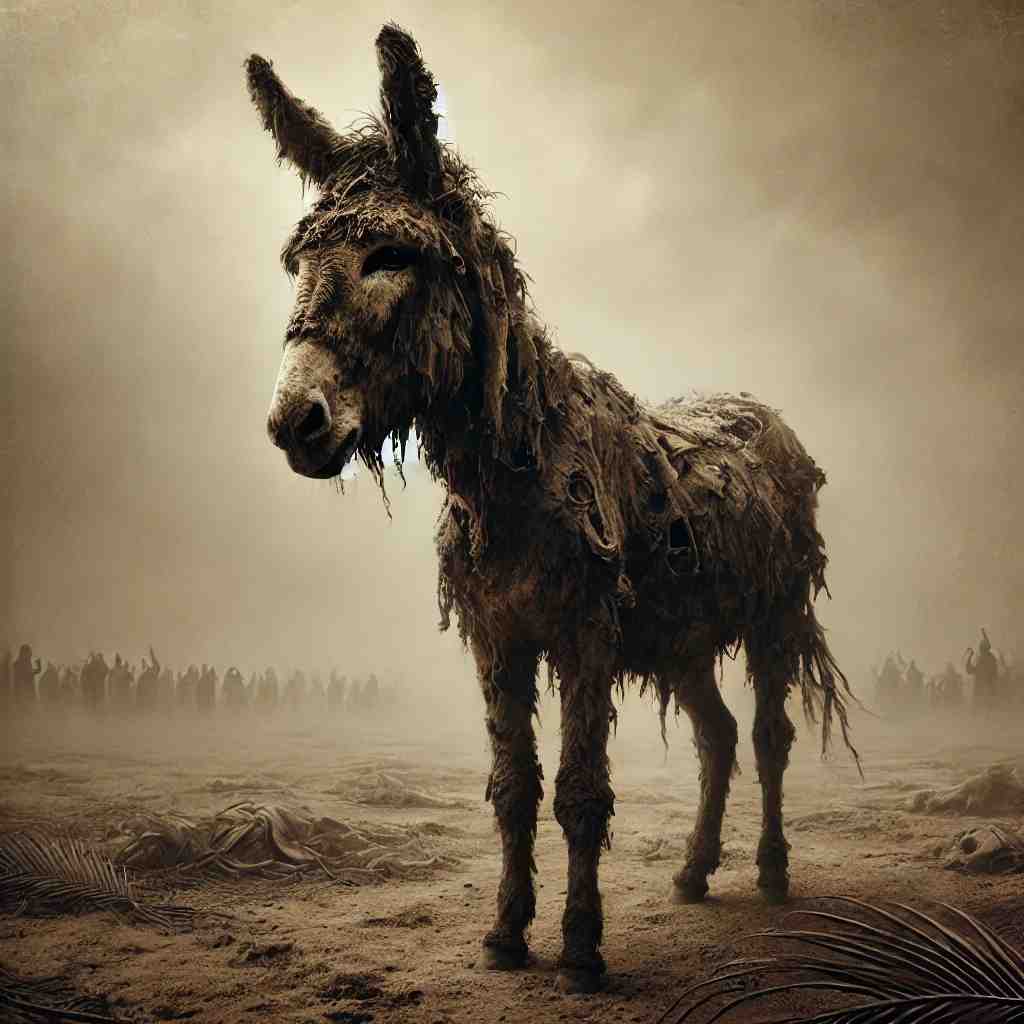5 Poems by G. K. Chesterton
1874 - 1936
G. K. Chesterton Biography
Gilbert Keith Chesterton, known to the world as G. K. Chesterton, was a literary giant whose influence stretched far beyond the realm of poetry. Born on May 29, 1874, in Campden Hill, Kensington, London, Chesterton's life was a tapestry of wit, paradox, and profound insight that would leave an indelible mark on English literature.
Chesterton's early years were spent in a middle-class family, where his parents, Edward and Marie Louise Chesterton, fostered an environment of creativity and intellectual curiosity. As a child, Gilbert was known for his vivid imagination and artistic inclinations. He attended St Paul's School, where his academic performance was unremarkable, but his literary talents began to flourish. It was during these formative years that Chesterton developed his love for debate and his penchant for seeing the world through a unique lens.
After leaving school, Chesterton briefly attended the Slade School of Art, intending to become an illustrator. This artistic background would later influence his writing, imbuing his work with vivid imagery and a keen eye for detail. However, it was in the written word that Chesterton found his true calling. He began his career as a freelance art and literary critic, writing for various London publications.
Chesterton's entry into the world of poetry came alongside his prolific output in other genres. His first collection of poems, "The Wild Knight and Other Poems," was published in 1900. This early work showcased his ability to blend whimsy with profound philosophical and theological musings, a characteristic that would define much of his later writing. Poems like "The Donkey" and "Lepanto" demonstrated his skill in crafting memorable, rhythmic verses that often concealed deeper meanings beneath their surface simplicity.
Throughout his career, Chesterton's poetry would be marked by its combination of traditional forms and innovative content. He had a particular fondness for ballads and narrative poems, using these classical structures to explore contemporary issues and timeless truths. His poetic style was characterized by its musicality, clever wordplay, and often surprising juxtapositions of ideas.
While Chesterton's poetry was significant, it was but one facet of his multifaceted literary career. He was equally renowned for his essays, novels, and literary criticism. Works such as "Orthodoxy" (1908) and "The Everlasting Man" (1925) established him as a formidable Christian apologist and philosopher. His Father Brown detective stories, featuring the unassuming yet brilliant priest-detective, became classics of the genre and showcased Chesterton's narrative prowess.
Chesterton's life was not without controversy. His views on certain social and political issues, particularly his critiques of imperialism and capitalism, often put him at odds with the establishment. His conversion to Roman Catholicism in 1922 was a watershed moment, both personally and professionally, influencing much of his later work and solidifying his position as one of the foremost Catholic intellectuals of his time.
The poet's personal life was marked by his marriage to Frances Blogg in 1901, a union that would provide him with lifelong support and inspiration. Frances was not only his wife but also his collaborator, often helping to organize his chaotic working methods and providing invaluable feedback on his writings.
Physically, Chesterton was an imposing figure, standing at 6'4" and weighing nearly 300 pounds. His rotund appearance, coupled with his flowing cape and swordstick, made him a recognizable figure on the streets of London. This larger-than-life persona was mirrored in his writing, which often dealt with grand themes and ideas on an epic scale.
Chesterton's influence extended far beyond his own works. He was a mentor and friend to many younger writers, including Hilaire Belloc, with whom he formed the famous "Chesterbelloc" duo. His debates with George Bernard Shaw, though often fierce, were conducted with mutual respect and even affection, exemplifying Chesterton's ability to disagree without being disagreeable.
As a poet, Chesterton's legacy is perhaps best encapsulated in works like "The Ballad of the White Horse" (1911), an epic poem retelling the story of King Alfred the Great. This lengthy work showcased Chesterton's ability to weave historical narrative with spiritual and philosophical themes, all while maintaining a lyrical quality that made his verse both accessible and profound.
Chesterton's poetic output, while significant, was often overshadowed by his prose works. However, his poetry remains an essential part of his oeuvre, offering insights into his worldview and demonstrating his versatility as a writer. Poems like "The Rolling English Road" and "The Secret People" have become part of the English literary canon, celebrated for their rhythmic beauty and social commentary.
In his later years, Chesterton continued to write prolifically, even as his health began to decline. He died on June 14, 1936, at his home in Beaconsfield, Buckinghamshire, leaving behind a vast and varied body of work that continues to be studied and admired to this day.
G. K. Chesterton's life and work represent a unique confluence of faith, reason, and imagination. As a poet, he challenged conventions while respecting tradition, creating verses that were at once playful and profound. His ability to see the extraordinary in the ordinary, to find paradox in the seemingly simple, and to express complex ideas with clarity and wit, ensures that his poetry, like the rest of his writings, remains relevant and captivating for readers and scholars alike. In the pantheon of English literature, Chesterton stands as a figure of immense creativity and intellectual depth, a poet whose words continue to inspire, challenge, and delight generations of readers.
This text was generated by AI and is for reference only. Learn more
Username Information
No username is open
Everything is free to use, but donations are always appreciated.
Quick Links
© 2024-2025 R.I.Chalmers (V2Melody).

All music on this site by R.I.Chalmers (V2Melody) is licensed under a Creative Commons Attribution-NonCommercial 4.0 International License.
Attribution Requirement:
When using this music, you must give appropriate credit by including the following statement (or equivalent) wherever the music is used or credited:
"Music by R.I.Chalmers (V2Melody) – https://v2melody.com"
Support My Work:
If you enjoy this music and would like to support future creations, your thanks are always welcome but never required.
Thanks!






